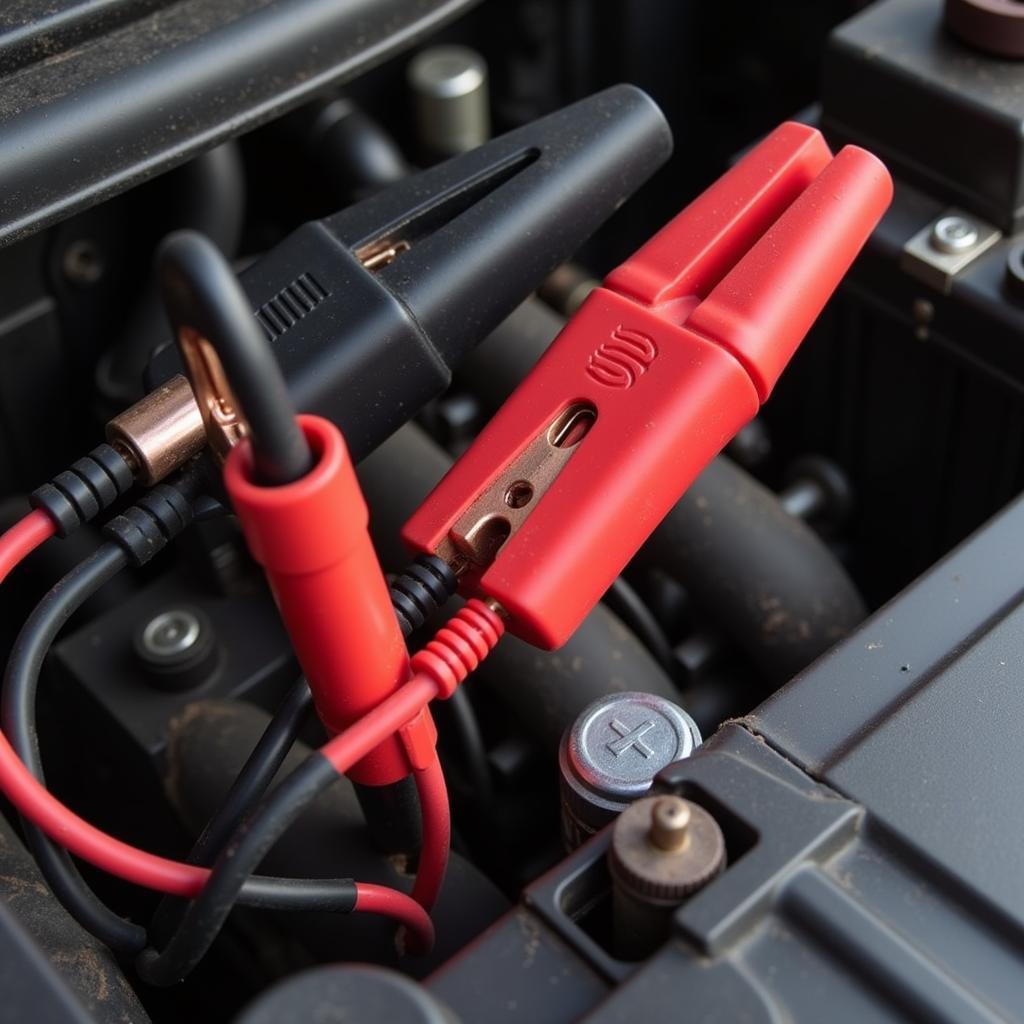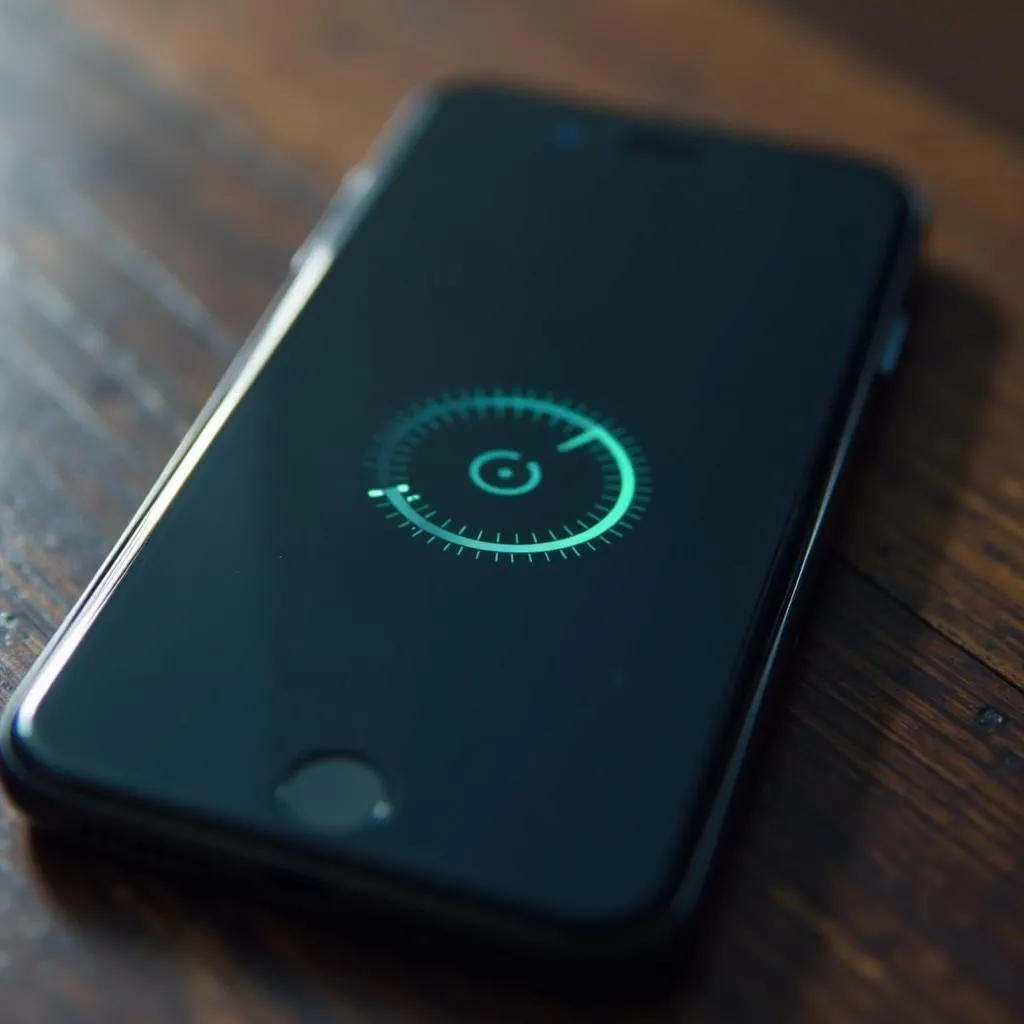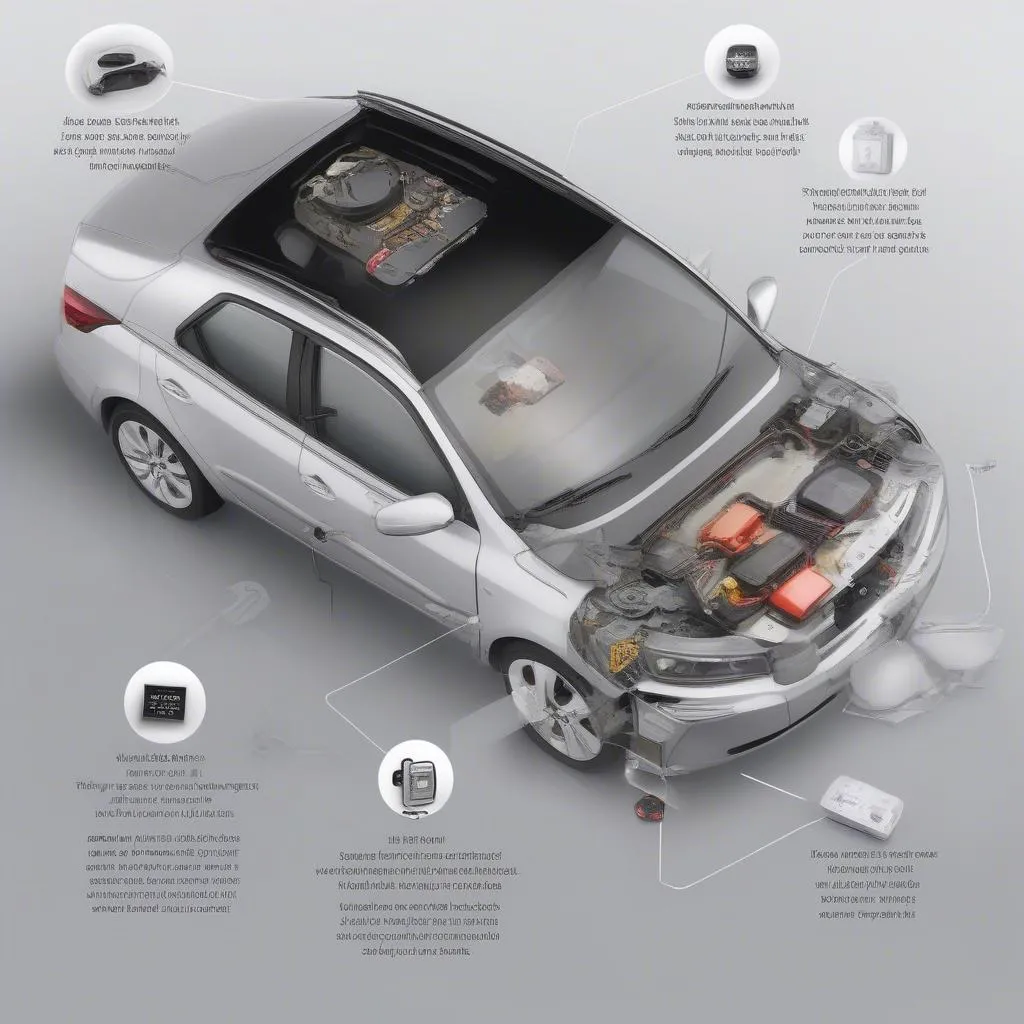Jump starting a car seems simple enough, but when jump starting my car isn’t working, it can be incredibly frustrating. You’re stuck, possibly late, and now faced with a problem that seems like it should have an easy fix. This article will delve into why your jump start might be failing and provide actionable solutions to get you back on the road.  Jump Start Cables Connected Incorrectly
Jump Start Cables Connected Incorrectly
Common Reasons Why Jump Starting My Car Isn’t Working
There are several reasons why a jump start might fail. One common culprit is corroded battery terminals. Corrosion acts as an insulator, preventing the current from flowing properly. If the car is not starting, there are other possible issues. Another possibility is a faulty battery in either car. If your jumper cables are damaged, frayed, or too short, they may not be able to transfer enough power. Even if you think the connections are good, double-check. A loose connection can be just as problematic as a corroded one. If you suspect a dead battery, check out i think my car battery is dead.
Checking Your Battery Connections
Before attempting another jump start, thoroughly inspect the battery terminals on both vehicles. Look for any signs of corrosion, which will appear as a white, powdery substance. If present, clean the terminals using a wire brush or a mixture of baking soda and water. Ensure the cables are securely clamped onto the clean terminals. Remember, a good connection is essential for a successful jump start.
Beyond the Battery: Other Potential Issues
Sometimes, the problem lies beyond the battery itself. A failing alternator can prevent the battery from recharging, even after a successful jump. If you suspect your alternator is the issue, consider reading bad alternator vs bad battery. A faulty starter can also prevent the engine from turning over, mimicking a dead battery. Lastly, issues within the car’s electrical system, such as a bad ignition switch or a blown fuse, can also cause starting problems.
How Long Should I Let The Donor Car Run?
Ideally, let the donor car run for 5-10 minutes before attempting to start the dead car. This allows the dead battery to receive some charge, increasing the chances of a successful jump.
“A common mistake people make is trying to start the dead car immediately after connecting the cables,” says automotive expert, David Miller. “Giving the dead battery a few minutes to charge from the donor car significantly improves the success rate.”
Why is my car not starting after boost?
If your car is still not starting after a boost, the issue is not the battery. You may need to consider issues such as a starter failure or other electrical faults within your system. For further troubleshooting tips related to this problem, see our article on car not starting after boost.
Step-by-Step Guide to Jump Starting Your Car
- Position the vehicles: Park the donor car close enough to the dead car so the jumper cables can reach both batteries, but ensure the vehicles are not touching.
- Prepare the vehicles: Turn off the ignition and any accessories in both vehicles. Engage the parking brakes.
- Connect the positive cable: Connect the red (positive) clamp to the positive terminal of the dead battery. Then, connect the other end of the red cable to the positive terminal of the donor battery.
- Connect the negative cable: Connect the black (negative) clamp to the negative terminal of the donor battery. Then, connect the other end of the black cable to an unpainted metal surface on the dead car’s engine block, away from the battery.
- Start the donor car: Start the donor car and let it run for 5-10 minutes.
- Start the dead car: Attempt to start the dead car. If it starts, carefully disconnect the cables in the reverse order of connection.
- Keep the engine running: If the car starts, let it run for at least 30 minutes to recharge the battery. If you’re still having trouble starting your car, check out if the car is not starting for further guidance.
“Always remember to connect the negative cable to a metal ground on the dead car, not the negative terminal,” emphasizes Sarah Chen, Lead Technician at Auto Solutions Inc. “This helps prevent sparks and potential damage to the electrical system.”
Conclusion
Jump starting a car shouldn’t be a complicated process. By understanding the common causes for failure and following the correct procedure, you can often resolve the issue yourself. However, if jump starting my car isn’t working even after these steps, it’s crucial to consult a qualified mechanic to diagnose and repair the underlying problem. You can also refer to jumping a dead car for more information.


